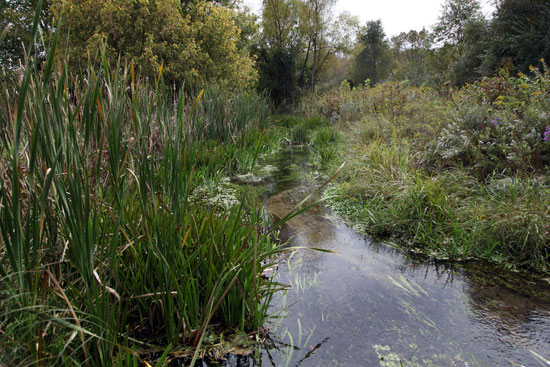Report recommends model better account for land’s influence on watershed health
Improved simulations could direct funding toward the most beneficial landscapes.
An advisory committee has recommended that the Chesapeake Bay Program’s Watershed Model be adjusted to better account for the landscape’s influence on watershed health.

Whether it is a riparian forest buffer that can trap sediment before it flows into a stream or a wetland that can filter nutrient pollution along the edge of a creek or river, the landscape that surrounds a waterway can impact that waterway’s health.
In a report released this week, experts from the Scientific and Technical Advisory Committee (STAC) state that adjusting the Watershed Model to better simulate the influence of riparian forests, forested floodplains and other wetlands would improve the model’s accuracy and allow managers to better direct conservation funds toward those landscapes that most benefit water quality.
The Watershed Model is used by Chesapeake Bay Program partners and stakeholders to estimate the amount of nutrients and sediment reaching the Bay.
Learn more about The Role of Natural Landscape Features in the Fate and Transport of Nutrients and Sediment.

Comments
There are no comments.
Thank you!
Your comment has been received. Before it can be published, the comment will be reviewed by our team to ensure it adheres with our rules of engagement.
Back to recent stories